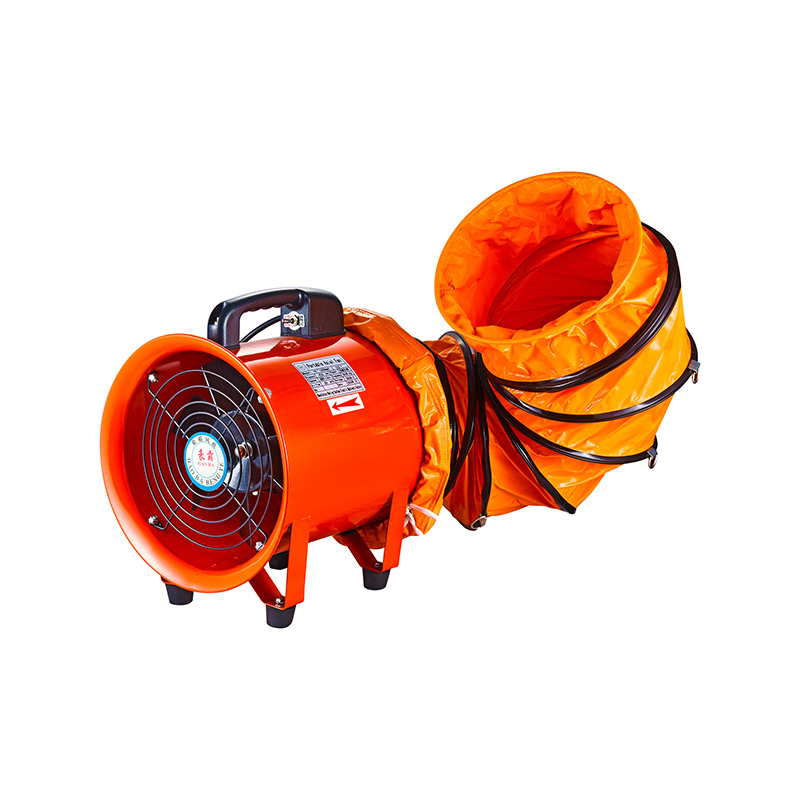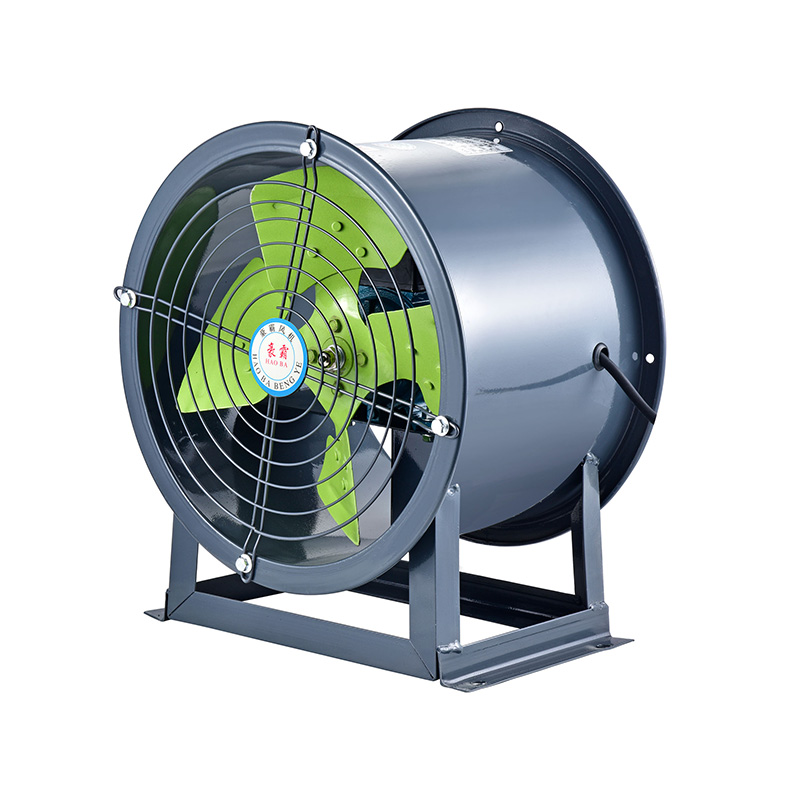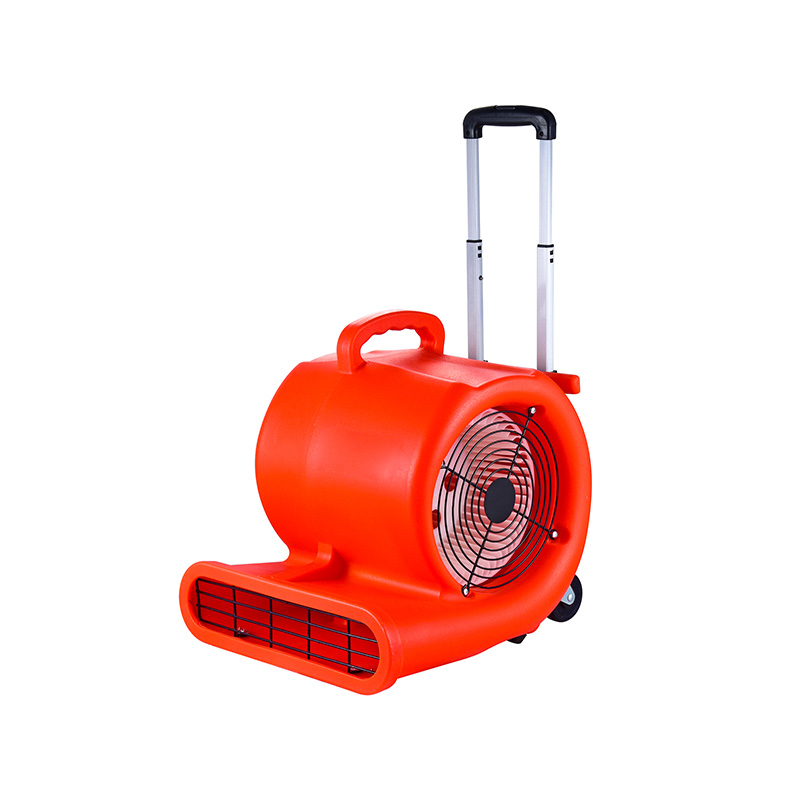Fan Solutions For Commercial Kitchens And Restaurants
2025-07-08
Commercial kitchens and restaurants present unique challenges when it comes to ventilation and air quality management. The environment in these spaces typically involves high heat, smoke, grease, and odors that require efficient airflow solutions to ensure a comfortable and safe working area. Proper ventilation also plays a critical role in maintaining hygiene standards and complying with local regulations. Among the various fan types used, centrifugal fans with high pressure capabilities, axial ventilation fans, and roof wind ventilators are essential components of an effective ventilation system in commercial kitchens and restaurants.
One of the key factors in kitchen ventilation is the ability to remove contaminated air quickly and efficiently. Centrifugal fans with high pressure are often used in these settings because they can generate strong airflow even when pushing air through restrictive ductwork, filters, or grease traps. Their design allows for stable operation under high resistance, making them suitable for exhausting smoke and grease-laden air. A centrifugal fan high pressure system helps maintain continuous airflow, reducing the risk of smoke accumulation, which can impair visibility and air quality.

Axial ventilation fans also play a significant role in commercial kitchens. Unlike centrifugal fans that generate pressure through a radial flow design, axial ventilation fans move air parallel to the fan shaft, providing large volumes of airflow at lower pressure. These fans are typically installed in areas where free airflow is available, such as open kitchen spaces or direct ventilation ducts. Axial ventilation fans contribute to cooling and fresh air circulation, helping to regulate temperature and improve comfort for kitchen staff. Their relatively simple design allows for easy installation and maintenance.
In addition to fans inside the kitchen or ductwork, roof wind ventilators are increasingly popular in commercial kitchen ventilation systems. Roof wind ventilators use natural wind pressure and mechanical assistance to extract hot, stale air from the kitchen space through the roof. These ventilators operate quietly and efficiently, reducing reliance on electrically powered fans, which can lower energy costs. By drawing hot air upward and out, roof wind ventilators support the overall ventilation strategy by complementing both centrifugal fan high pressure and axial ventilation fan systems. Their placement on rooftops ensures that exhaust air is safely dispersed away from the building.
Combining centrifugal fans with high pressure, axial ventilation fans, and roof wind ventilators in a commercial kitchen creates a balanced ventilation system. For example, centrifugal fan high pressure units handle the tough task of moving contaminated air through ductwork and filters, while axial ventilation fans provide continuous fresh air movement within the kitchen. Meanwhile, roof wind ventilators offer a natural extraction point for warm air, reducing indoor temperature and helping to maintain good air quality.
Selecting the right combination depends on the kitchen layout, cooking equipment, and local climate. High-volume cooking processes like frying and grilling require more robust exhaust systems to deal with intense heat and grease. In these cases, centrifugal fans with high pressure are especially valuable because they can overcome resistance in complex duct configurations. Axial ventilation fans contribute by ensuring airflow in less restrictive areas, such as hood vents or intake openings. Roof wind ventilators are ideal in locations where natural wind can be harnessed effectively, providing ventilation support without adding noise or energy consumption.
Maintenance is another important consideration for commercial kitchen fans. Centrifugal fan high pressure systems, due to their demanding role, must be inspected regularly to prevent grease buildup that can reduce efficiency or create fire hazards. Axial ventilation fans require periodic cleaning to keep blades free from dust and grease, ensuring smooth operation. Roof wind ventilators should be checked for physical damage or obstructions that might limit airflow. A well-maintained ventilation system not only enhances air quality but also extends the lifespan of the fans and related equipment.
In terms of energy efficiency, integrating roof wind ventilators with powered fans like centrifugal fan high pressure units and axial ventilation fans can create cost savings. Utilizing natural airflow through roof wind ventilators reduces the need for electric fan runtime, which can lower utility bills. Additionally, modern centrifugal fans and axial ventilation fans are designed to operate with lower power consumption while delivering consistent airflow. Careful planning of fan placement and operation schedules helps balance energy use with ventilation needs.
Safety is paramount in commercial kitchens, where heat and flammable grease vapors can pose fire risks. A properly designed ventilation system featuring centrifugal fans with high pressure capability, axial ventilation fans, and roof wind ventilators helps reduce this risk by efficiently removing hazardous air contaminants. This airflow prevents the buildup of combustible gases and keeps surfaces cooler. Furthermore, good ventilation helps control humidity levels, reducing the chance of mold growth and contributing to a healthier environment.
In summary, commercial kitchens and restaurants benefit greatly from a well-engineered ventilation system that includes centrifugal fan high pressure units, axial ventilation fans, and roof wind ventilators. Each fan type offers distinct advantages—centrifugal fans provide strong pressure to move air through ductwork, axial fans ensure adequate air circulation, and roof wind ventilators harness natural airflow for energy-efficient extraction. Together, they create an environment that supports food safety, staff comfort, and operational efficiency. Proper selection, installation, and maintenance of these fans are essential for achieving effective kitchen ventilation that meets regulatory and practical demands.

 English
English русский
русский عربى
عربى









